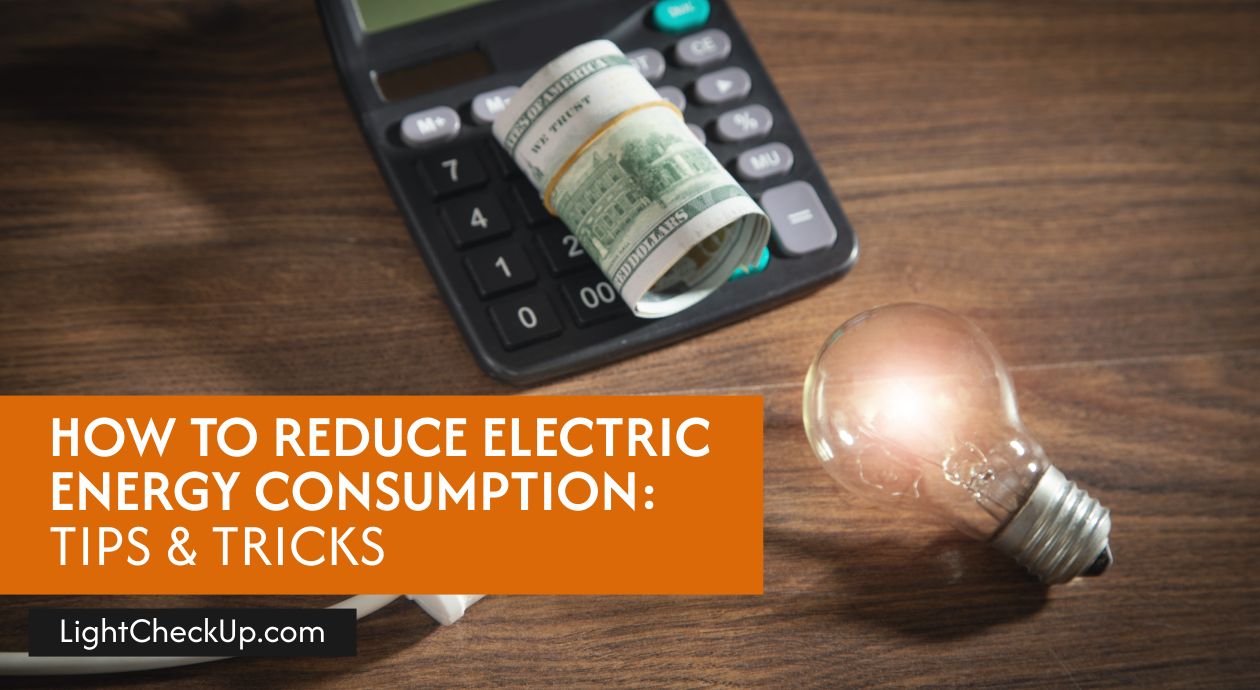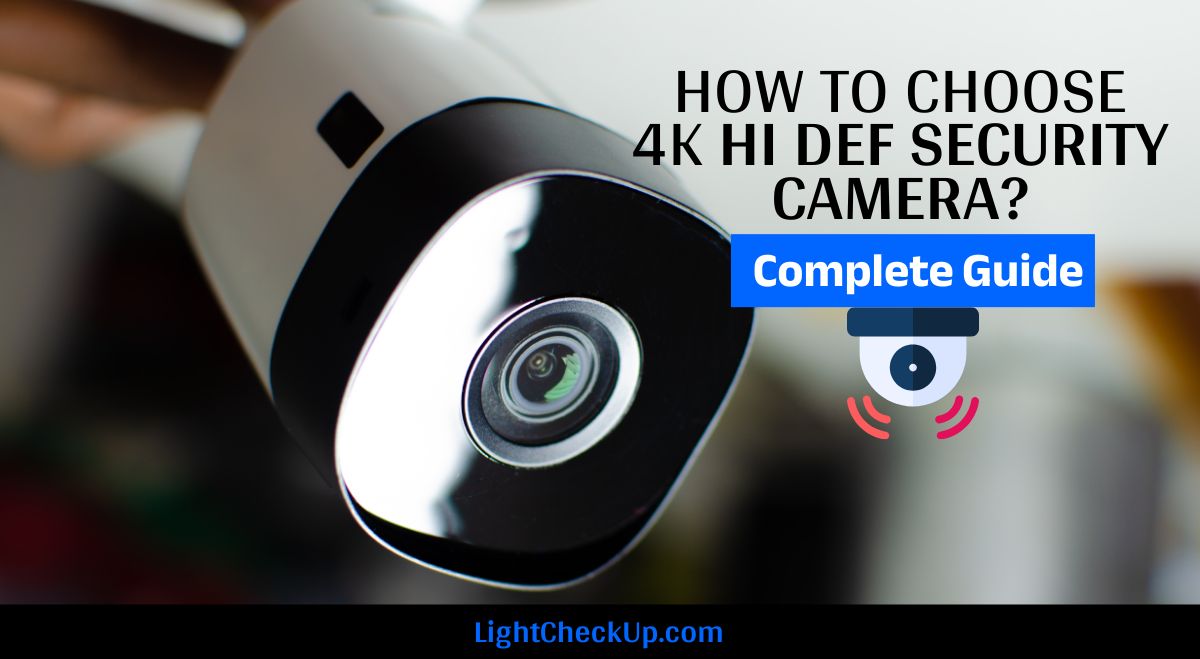Are you planning to install LED headlights in your car? Yes, these stunning LED whip lights enhance your car’s appearance and functionality. These vibrant and versatile lights enhance your ride’s aesthetic appeal and safety, especially at night. LED strap Lights can be easily installed on side-by-sides, ATVs, and UTVs, making them popular among off-roaders.
This guide covers LED strap Light benefits. Explain how to install, choose, maintain, and troubleshoot LED whip lights.
Benefits of Installing LED Whip Lights
LED whip lights are a must-have accessory for car enthusiasts. First and foremost, these lights increase vehicle visibility on the road or trail. LED strap Lights make you visible from afar, reducing the risk of accidents.
Additionally, LED light strips add a touch of style and personalization to your ride. With a variety of colors and lighting patterns, you can express yourself and stand out. LED whip lights let you customize your car’s look with a single solid color or a dynamic multi-color display.
Furthermore, LED whip lights are incredibly durable and long-lasting. These lights are built to withstand harsh weather, vibrations, and impacts. LED light strip last longer because they use less power than other lighting options.

image source by Amazon
A How-To Guide for Installing LED Whip Lights
A step-by-step guide is needed to install LED whip lights on a car.
Gather the necessary tools: Make sure you have access to tools like power drills, mounting brackets, wiring harnesses, connectors, wire cutters, zip ties, and LED light strips.
Choose the ideal location: Select a suitable location for mounting your LED strap Light. This could be on your car’s back bumper, roll cage, or other sturdy part with good visibility.
Mounting brackets: Screw and drill the brackets to the chosen location. Make sure the whip lights are securely attached to the brackets.
Wire the lights: Connect the LED whip lights’ positive and negative wires to the battery terminals of your vehicle. To prevent loose wiring, use electrical connectors.
Secure the wiring: Use zip ties to neatly secure the wiring along your vehicle’s frame.
Test the lights.
Now, turn on your vehicle and test the LED strap Lights after installation. Make any necessary changes. These simple steps will help you install LED whip lights on your car and enjoy their many benefits.

image source by Amazon
Different Types of LED Whip Lights are available.
LED whip lights come in a variety of types, each offering unique features and characteristics. Understanding the different options available can help you make an informed decision when choosing the perfect whip lights for your vehicle. Here are some popular types of LED strap Light
Single-color LED whip lights: These elegant lights glow red, blue, green, or white.
Multi-color LED whip lights: Their colors and patterns may create striking displays. Multi-color LED strap Lights are controlled remotely.
Bluetooth-enabled LED whip lights: A smartphone or Bluetooth-enabled device can wirelessly control these lights. You can adjust colors, lighting patterns, and brightness levels on the go with mobile control.
Chasing LED whip lights: These lights feature a sequential chasing effect, where the light moves along the whip in a mesmerizing pattern. LED light strips are a popular choice for those looking to add a vibrant and dynamic visual element to their vehicle.
Whip lights with flag attachments: Some LED whip lights come with flag attachments, allowing you to showcase your patriotism or personal style while enjoying the benefits of enhanced visibility and safety.
Choose LED whip lights for your vehicle based on lighting effects, control options, durability, and design. You’ll find a whip light that meets your needs in the wide selection.

Choosing the Right LED Whip Lights for Your Vehicle
Choosing the right LED headlights for your car involves several factors. Tips for making an informed choice:
Brightness and visibility: Look for LED whip lights that are bright and visible from afar. For maximum coverage, choose wide-angle lights.
Durability and weather resistance: Off-road adventures can be rough, so choose LED whip lights that are built to withstand various weather conditions, vibrations, and impacts. Look for lights with sturdy construction and an IP rating for water and dust resistance.
Wiring and control options: Consider whether you prefer a wired or wireless control system for your LED light strips. Wired lights offer a simpler setup, while wireless lights provide the convenience of mobile control.
Color and lighting: Choose a single-color or multi-color LED taillight. Multi-color lights offer more versatility and customization options, allowing you to change colors and lighting patterns to suit your mood or environment.
Budget: LED taillight are available at various price points, so establish a budget and find lights that offer the best combination of features, quality, and affordability within your range.
These factors and your needs can help you choose LED light strips that improve your vehicle’s appearance and functionality.
Tips for Maintaining and Troubleshooting LED Whip Lights
LED whip lights last longer and perform better with proper maintenance. Here are some helpful tips:
Regular cleaning: Clean yourLED taillight periodically to remove dirt, dust, and debris that may accumulate. Use a soft cloth or sponge, along with mild soap and water, to gently wipe the lights. Avoid scratching the surface with rough materials or harsh cleaners.
Inspect for damage: Regularly inspect your LED light strips for any signs of damage, such as cracks, loose wiring, or water ingress. If you notice any issues, address them promptly to prevent further damage and ensure the lights continue to function properly.
Check electrical connections: Periodically check the electrical connections of your LED whip lights to ensure they are secure and free from corrosion. Clean the connectors if necessary, and apply dielectric grease to protect against moisture.
Troubleshooting common issues: If your LED whip lights don’t work, check the wiring and power source. Check the battery and connections. If the issue persists, contact the manufacturer’s troubleshooting guide or customer support.
LED light strips last longer with proper maintenance.

image source by amazon
Popular Brands for LED Whip Lights
When it comes to purchasing LED light whips, several reputable brands offer high-quality products. Here are some popular brands known for their reliable and innovative LED whip lights:
SXS Whips: SXS Whips specializes in manufacturing high-performance LED light whips designed specifically for side-by-side vehicles. Their lights are known for their durability, brightness, and easy installation.
RZR Whips: RZR Whips offers a wide range of LED whip lights specifically designed for RZR vehicles. Their lights are praised for their vibrant colors, weather resistance, and advanced control options.
UTV Whips: UTV Whips is a trusted brand that produces LED light whips suitable for various UTV models. Their lights are known for their durability, brightness, and customizable lighting patterns.
When purchasing LED whip lights, consider exploring these brands to ensure you’re investing in a reliable and high-quality product.
READ ALSO: How Suspended Track Lighting Can Transform Modern Interiors
Safety Considerations When Using LED Whip Lights
LED whip lights are a great addition to any vehicle, but safety is paramount. Consider these safety tips:
Comply with local regulations: LED light whips on vehicles may be regulated in your area. Ensure that you adhere to any height, color, or flashing restrictions to avoid legal issues.
Avoid distractions: LED taillight can be mesmerizing, but it’s crucial to focus on the road or trail while driving. Avoid staring at the lights and maintain your attention on the surroundings to ensure safe navigation.
Securely mount the lights: Ensure that your LED light whips are securely mounted and properly fastened to prevent them from becoming loose or detached during your ride.
Inspect before each ride: Before embarking on any journey, inspect your LED light whips for any signs of damage or malfunction. If you notice any issues, address them before hitting the road or trail.
LED whip lights can be used safely by following these guidelines.

image source by amazon
FAQ
Are LED whip lights legal?
The legality of LED whip lights varies depending on your location. It’s important to check your local vehicle lighting laws. Follow the rules about height, color, and flashing to stay legal.
What are LED light whips for?
These lights are typically used as decorative or safety accessories for off-road vehicles and other recreational vehicles. A flexible LED strip in a protective cover can be mounted on a pole or antenna-like structure. The vehicle’s LED light whips are stylish and can display patterns or solid colors.
What is a whip in lighting?
A “whip” is a tall, thin, and flexible lighting structure. The whip of LED light whip holds the LED strip and displays it on the vehicle.
LED whip lights—relay needed?
Relay is suitable for high-power LED taillight. So it effectively manages the power supply and triggers a low-current signal for a stable connection.
What are the three different types of whips?
There are no standard three different types of LED whips, as the design and features can vary among different manufacturers. However, length, color, remote control, and programmable patterns are common variations.
The two general types of LED whips are:
Static LED Whips: These whips emit a constant, single color or a set of fixed colors without changing patterns. They lack programmable patterns and remote control.
Dynamic LED Whips: These Whips can display patterns, change colors, and be controlled remotely. You can customize these whips’ lighting effects with a dedicated controller.
Can LED whip lights be used on any vehicle?
LED whip lights can be mounted on side-by-sides, ATVs, UTVs, and some trucks. It’s crucial that the lights fit your vehicle and don’t impair visibility or safety.
Do LED whip lights drain the vehicle’s battery?
LED whip lights are designed to be energy-efficient, consuming less power compared to traditional lighting options. As long as your vehicle’s battery is in good condition and properly charged, LED light whip should not significantly drain the battery.

image source by Amazon
Can LED whip lights withstand extreme weather conditions?
Yes, LED whip lights are built to withstand various weather conditions, including rain, snow, and heat. However, it’s still important to choose lights with a high IP rating for water and dust resistance to ensure optimal durability.
Can LED whip lights be installed without professional assistance?
Yes, LED taillight can be easily installed without professional assistance. Install vehicle lights with simple tools and minimal knowledge using a step-by-step guide.
Conclusion
Your car will look great with LED tail lights. These colorful and versatile lights enhance visibility, safety, and style. We hope this step-by-step guide on LED taillight s, choosing the right lights, maintenance and troubleshooting, and safety is useful. It’s helped you install LED whip lights on your car. Enjoy your illuminated adventures while prioritizing safety and following local laws.
READ ALSO: Step-By-Step Guide: How To Reset Feit Smart Bulb




















Average Rating